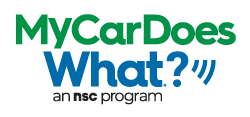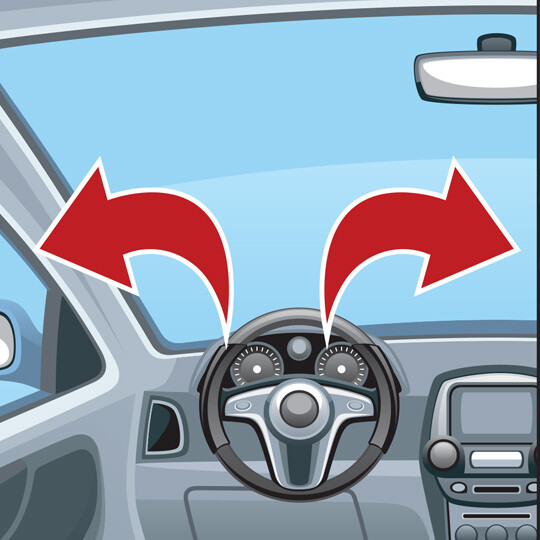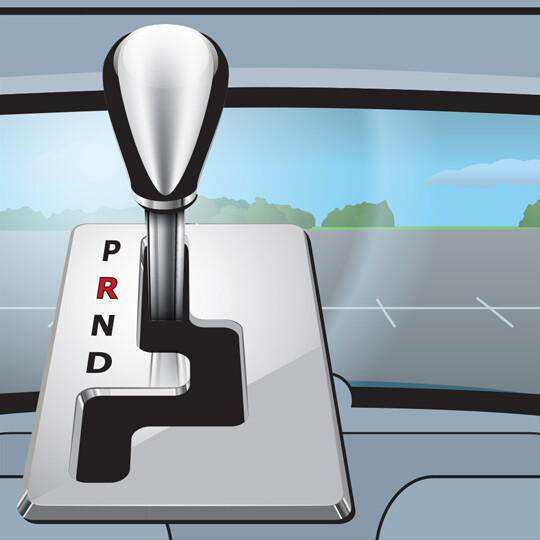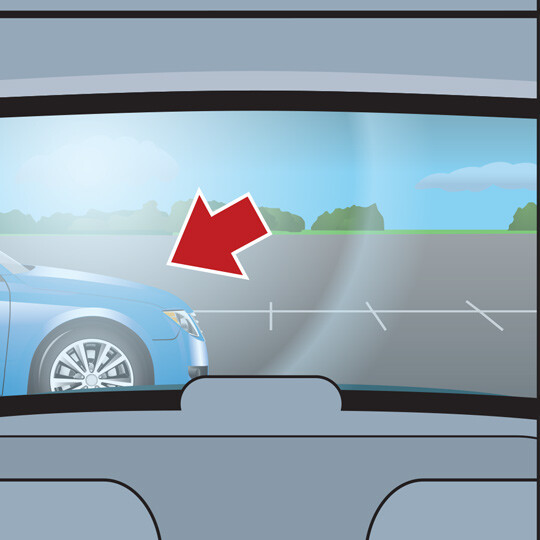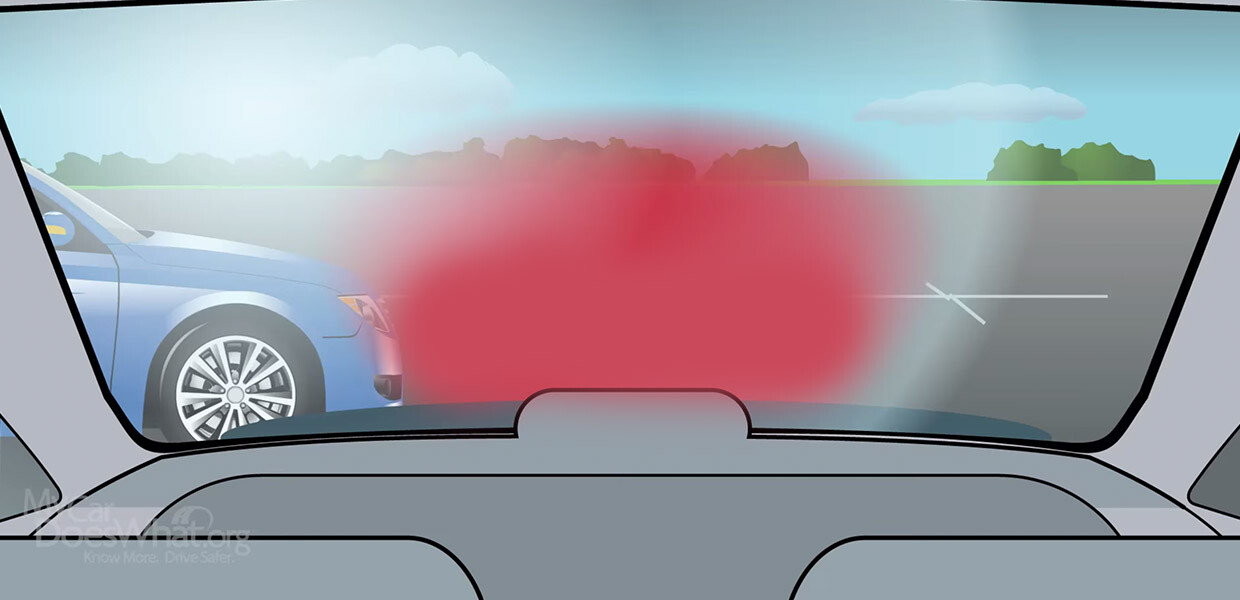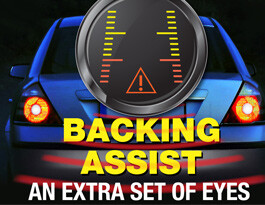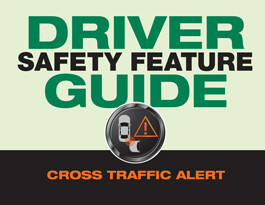Rear Cross Traffic Alert
Warns you if one or more vehicles are about to enter your backing path.
What It Does: Can detect cars that might be crossing as you back up.
What It Does Not Do: May not detect cars behind you when parking spaces are angled; may not detect pedestrians.
